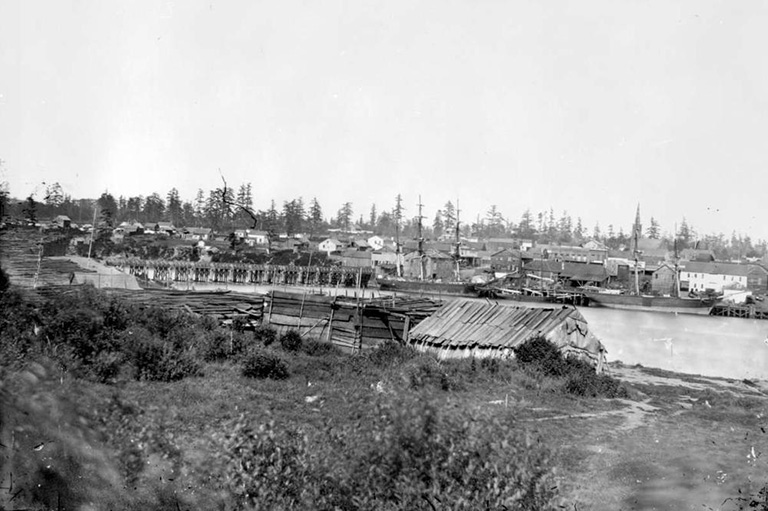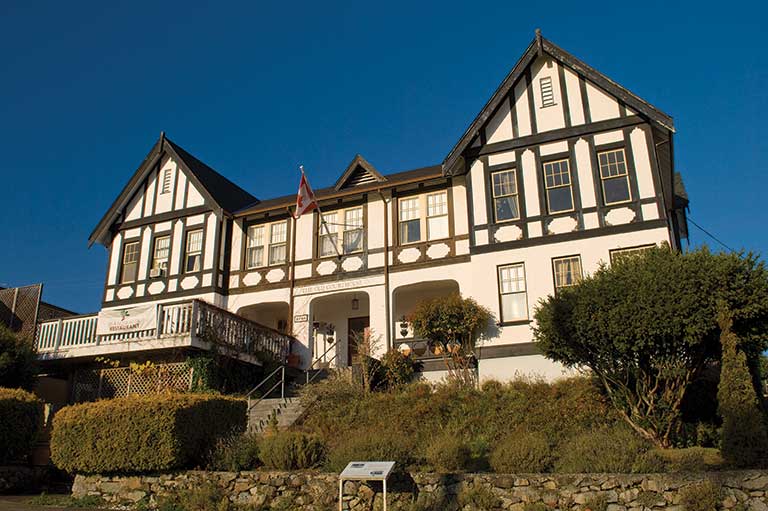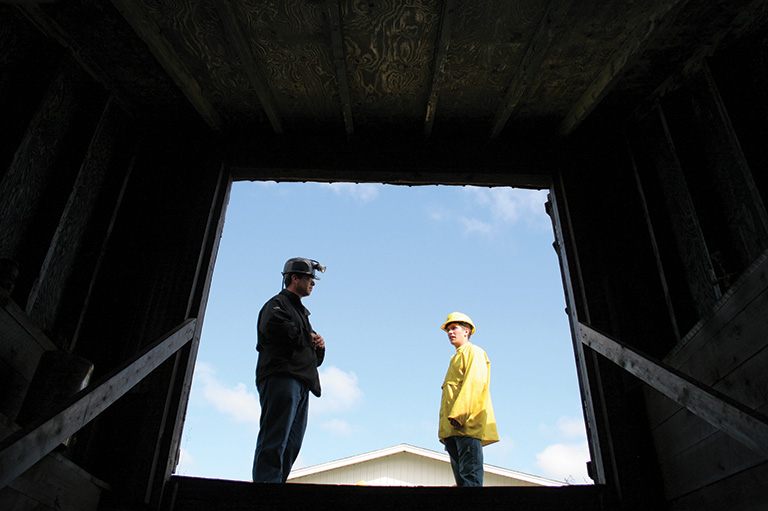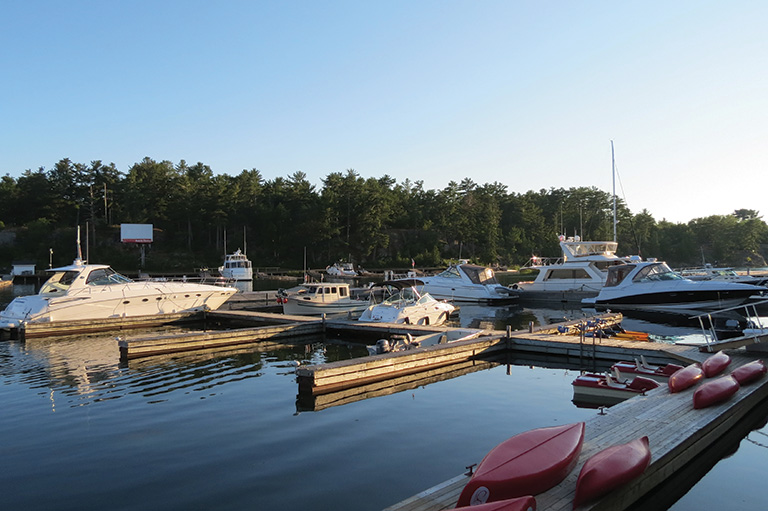Dots, Dashes and Dories on Trinity Bay
-
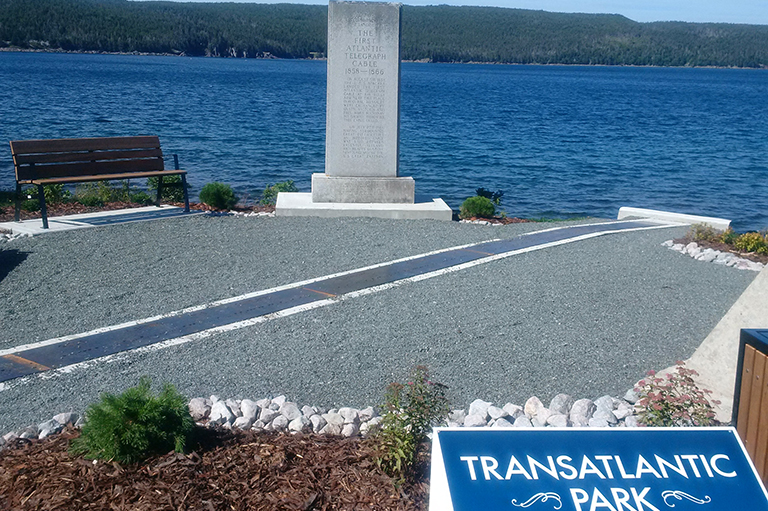 The spot on Trinity Bay where the first transatlantic cable came ashore.Nancy Payne
The spot on Trinity Bay where the first transatlantic cable came ashore.Nancy Payne -
 Heart’s Content was known around the world in the era of cable communication.Nancy Payne
Heart’s Content was known around the world in the era of cable communication.Nancy Payne -
 Marker at the cable landing site; the Heart’s Content Cable Station is across the road.Nancy Payne
Marker at the cable landing site; the Heart’s Content Cable Station is across the road.Nancy Payne -
 The Wooden Boat Museum offers an inside look at how watercraft are constructed.Nancy Payne
The Wooden Boat Museum offers an inside look at how watercraft are constructed.Nancy Payne -
 A typical Newfoundland dory at the Wooden Boat Museum.Nancy Payne
A typical Newfoundland dory at the Wooden Boat Museum.Nancy Payne -
 Several variety of hooks for jigging cod.Nancy Payne
Several variety of hooks for jigging cod.Nancy Payne
It may have one of the most welcoming names in Canada, but Heart’s Content, Newfoundland and Labrador, was world-famous in 1866 for more than its gentle harbour. When American entrepreneur Cyrus West Field — after many failures and financial losses — landed the first transatlantic telegraph cable in the tiny community on the east side of Trinity Bay in August, he opened a new chapter in communication. Chosen for its deep and relatively calm harbour, Heart’s Content became a household word when the cable from Ireland hit its shores.
Suddenly, Europe and North America could communicate through telegraphic messages. Just as suddenly, the Anglo-American Telegraph Company needed skilled workers, and Heart’s Content became a company town.
Young women in particular found work as operators, bringing in rare hard cash. By 1916, it wasn’t unusual for a full-time employee to make more than twice the salary of a teacher. The economic boom continued for decades until international telephone calls became common in the 1950s. Drastic layoffs quickly followed, and the site closed for good in 1965.
Now a provincial historic site, the Heart’s Content Cable Station explores a century’s worth of local history, as well as the village’s role as a hub of international communication. See the exact site where the cable came ashore and spend an hour learning the story of telegraphy.
A short drive away, in Winterton, is the fascinating Wooden Boat Museum dedicated to preserving the stories of the province’s boats and boat-builders. No doubt residents of the province would find the various watercraft and the stories behind them to be nostalgic, but anyone who didn’t grow up around the sea will find the exhibits engrossingly foreign. The expertise of those who built these deceptively simple-looking boats is almost as astonishing as their evident skill in sailing them on the cold, choppy Atlantic. Be sure to ask the knowledgeable guides every single come-from-away question bouncing around your mind. From shallops to schooners, rodneys, and dorys, each type of boat has a history as well as plenty of variation depending on the builder.
Upstairs in the airy, welcoming building — a former United Church-run school — is a section devoted to local history with well-chosen objects showing home, school and work life in the area. The information printed on tea towels is a homey touch.
Themes associated with this article
Advertisement
Help support history teachers across Canada!
By donating your unused Aeroplan points to Canada’s History Society, you help us provide teachers with crucial resources by offsetting the cost of running our education and awards programs.


